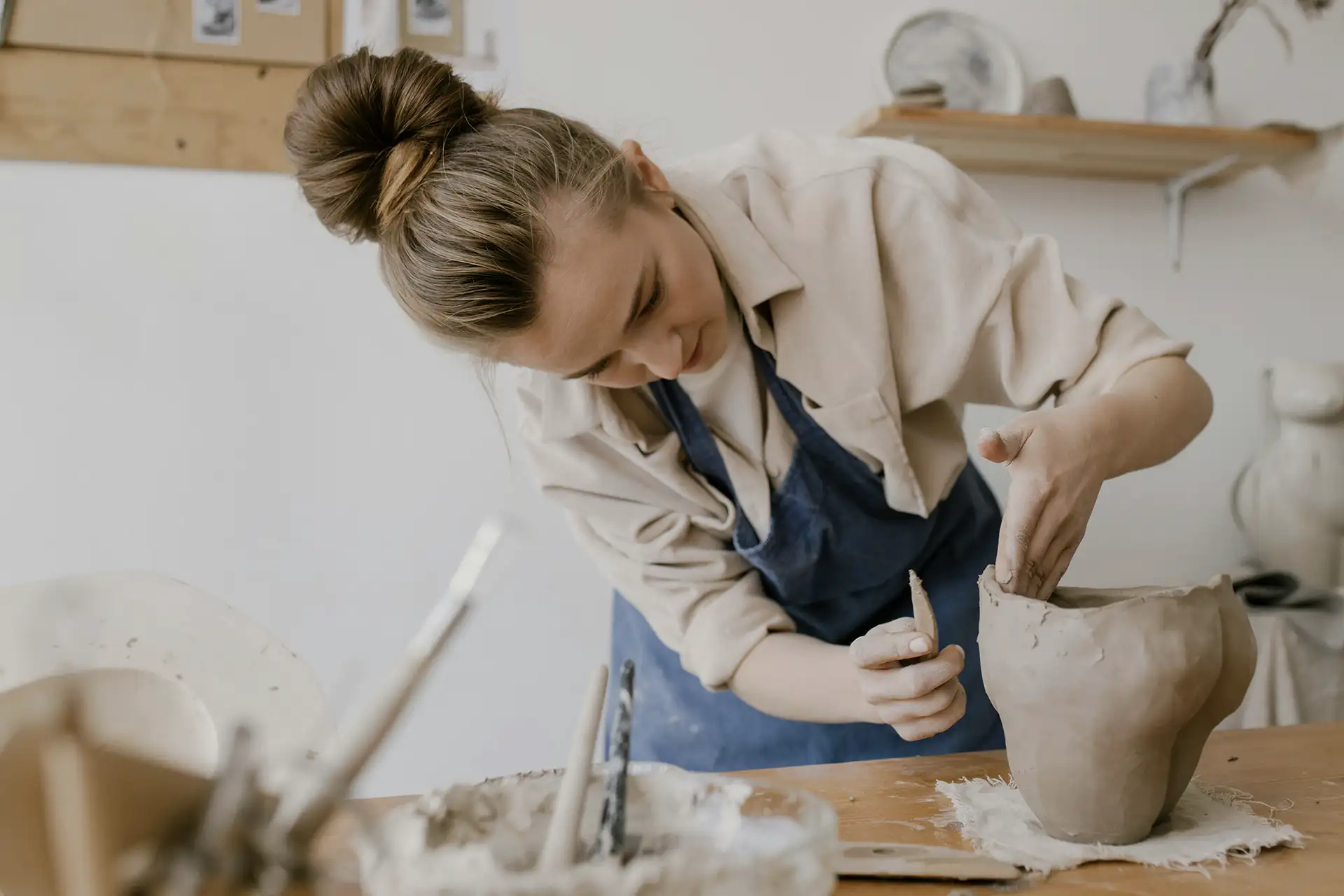How should artistic copyright be dealt with when a relationship breaks down? Is it even subject to the Property (Relationships) Act? The Court of Appeal recently had to deal with that problem in Alalaakkola v Palmer [2024] NZCA 24.
Artists Beware
Copyright is a very flexible form of intellectual property created and protected by the Copyright Act 1994. Most obviously, it gives the creator of an original “artistic” work rights to expression of things like books, drawings, and paintings and the like. Copyright even exists in industrially applied designs (which only have a utilitarian not an aesthetic value).
What if someone (not an author or artist in the above sense) is in a personal relationship with another person (who is an artist in that sense) and the relationship breaks down? In those circumstances the property relating to that relationship is dealt with under the Property (Relationships) Act 1976. As a starting point, the property of the relationship is divided equally between the parties.
But what about “artistic” copyright created from the specific skills and personal emotional and other responses of the artist, independent of the relationship, usually completed intensely and individually, perhaps outside the usual relationship responsibilities of children, paying the bills and so on? How should that copyright be dealt with when the relationship breaks down? Is it even subject to the Property (Relationships) Act?
The Court of Appeal recently had to deal with that problem in Alalaakkola v Palmer [2024] NZCA 24. The case involved one party to a failed personal relationship who was an artist in the sense of producing artwork which had a commercial value through sales. The other party was not such an artist.
First, the Court held that copyright under the Copyright Act was also “property” under the Property (Relationships) Act. Property under one Act was also property under the other Act.
Secondly, was that property “relationship property”? The Court held that the copyright was relationship property. The copyright, while created by one party to the relationship using their personal skills and experiences, when created during that relationship stood alone as separate property of that relationship. Therefore, it was relationship property.
Third, and this was a difficult question, how should the copyright be dealt with under the Property (Relationships) Act given that one party to the relationship, the artist, had a prior and continuing reputation as an artist and in the art works?
The Court dealt with this in the following summarised analysis
Under the Copyright Act artists have exclusive control over their original works. It is consistent with the overall policy objectives of that Act that the artist behind the artworks be able to control the commercialisation of the copyrights in them. (Note that copyright is a distinct right separate from ownership of what may be created using the copyright, so that the artist could have control over the reproduction of a painting, but the buyer of the painting could still sell or otherwise deal with the painting as a physical object).
It would be inappropriate and unfair to require the artist to transfer ownership of some of the copyrights to the non-artist party to the relationship because the art is highly personal to the artist who wishes to be able to control its commercialisation. Any business the non-artist partner sets up to commercialise some of the copyrights would be in competition with and could undermine the artist’s own art business because the artist was a working artist whose reputation and personal brand (as well as future livelihood) could be negatively impacted by the non-artist’s copyright decisions.
Lastly, under the Copyright Act the artist has inalienable moral rights in respect of the artworks (including the right to be identified as their author) which could be a source of further ongoing conflict if some of the copyrights were transferred to the non-artist.
The Court ordered that the “clean break” principle under the Property (Relationships) Act favoured the artist retaining ownership and control of the copyrights but that the non-artist should receive a compensatory adjustment from other relationship property to ensure an overall equal division, this to be determined by the Family Court.
There are many difficult practical issues arising from this case
What if there were no or insufficient other relationship property to satisfy the claim? The Court was dealing with artistic copyright in the aesthetic sense where the relationship between the author and the work was intensely personal but, as noted earlier, copyright can extend to mundane three-dimensional works where this is absent.
What about other forms of intellectual property such as patents or registered designs which would be dealt with in the same way?
Do contracting out agreements deal with the issue? How would full disclosure work in relation to the drafting of them? How realistic is contracting out if the artist’s reputation develops during the relationship?
What if the intellectual property is owned by a third party or a trust in which event a court will be faced with the problem of unravelling competing claims?




